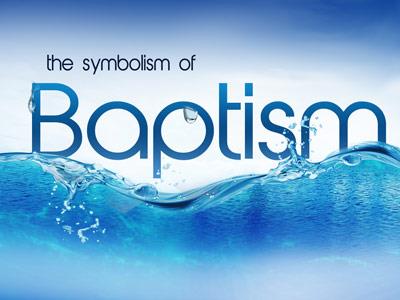-
The Temple Of Salvation Series
Contributed by Bobby Mcdaniel on Oct 25, 2003 (message contributor)
Summary: Part 4 of a series on Old Testament parallels of New Testament salvation. This message studies how Christ assumed the role of the implements used in OT temple worship.
(a) Only the high priest could enter and then only once a year.
(b) He could not just enter, there were rituals he had to perform that made him ceremonially clean so he could enter.
(c) Failing to perform these rituals or entering the Holy of Holies on any day other than the prescribed day was a death warrant.
(2) Christ’s death severed that veil. As our intercessor, he made it possible for us, not a priest on our behalf, to enter into God’s presence.
(3) Read Luke 23:44-46
(a) The veil that separated the people from the place where God localized His presence was no longer intact.
(b) Because of Jesus’ death, the people had freer access to God; they no longer had to go through the sacrificial system.
(c) Jesus’ was the only sacrifice needed to enable people to have a proper relationship with God.
h. The Ark of the Covenant
(1) A visual representation of God’s promise to Abraham, the root of their faith.
(a) The Mercy Seat (cover of the ark)—The place where God resided in the Holy of Holies when the High Priest made intercession for all on the Day of Atonement.
(b) The Stone Tablets—The law given to Moses by God’s own hand, a set of rules to ensure they lived according to His standards.
(c) The Pot of Manna—A remembrance of the way God provided for one of their physical needs while they wandered in the desert.
(d) The Rod of Aaron—The piece of wood Aaron and Moses used to perform the miracles that ultimately caused Pharaoh to set the Israelites free.
(2) Christ became all of these items at once.
(a) Christ is the mercy seat—Read Acts 1:3-8—Christ becomes the presence of the Spirit that rests on us, resides within us, each of us.
(b) Christ fulfills the law of the stone tablets—Read Matthew 5:17-18—“Do not think that I have come to abolish the Law or the Prophets; I have not come to abolish them but to fulfill them. I tell you the truth, until heaven and earth disappear, not the smallest letter, not the least stroke of a pen, will by any means disappear from the Law until everything is accomplished.”
(c) Christ becomes our manna, our sustaining our inner life on earth, and our eternal source of strength.—Read 1 Corinthians 11:23-26.
(1) Paul reminds us that Christ’s body was unselfishly given on the cross for our behalf.
(2) He also reminds us that without Christ’s shed blood there is no forgiveness of sin, so we cannot be sustained in our spiritual life.
(d) Christ is symbolically Aaron’s rod on our behalf. Just as Aaron’s rod, a cut off stick that bloomed to prove Aaron was the chosen successor to Moses, Christ who was cut off and given over to death bloomed in His resurrecting power.
4. Summary
a. Each of the implements of the OT temple served a specific purpose in the service of God.
b. More importantly, each of those implements prophetically reveal how Christ would save and sustain us.
c. We no longer have to rely on someone to ensure we clean. We no longer have to wait a year for our sins to be removed.
d. Because of Christ, we can now come boldly before the presence of God ourselves. Christ, who has become our High Priest, intercedes with God on our behalf, assuring that God sees us as worthy of approaching Him, lest we too be struck down dead for illegally and unworthily seeking His face.
e. Where are you? Are you standing in the temple or outside?
5. Invitation

 Sermon Central
Sermon Central



